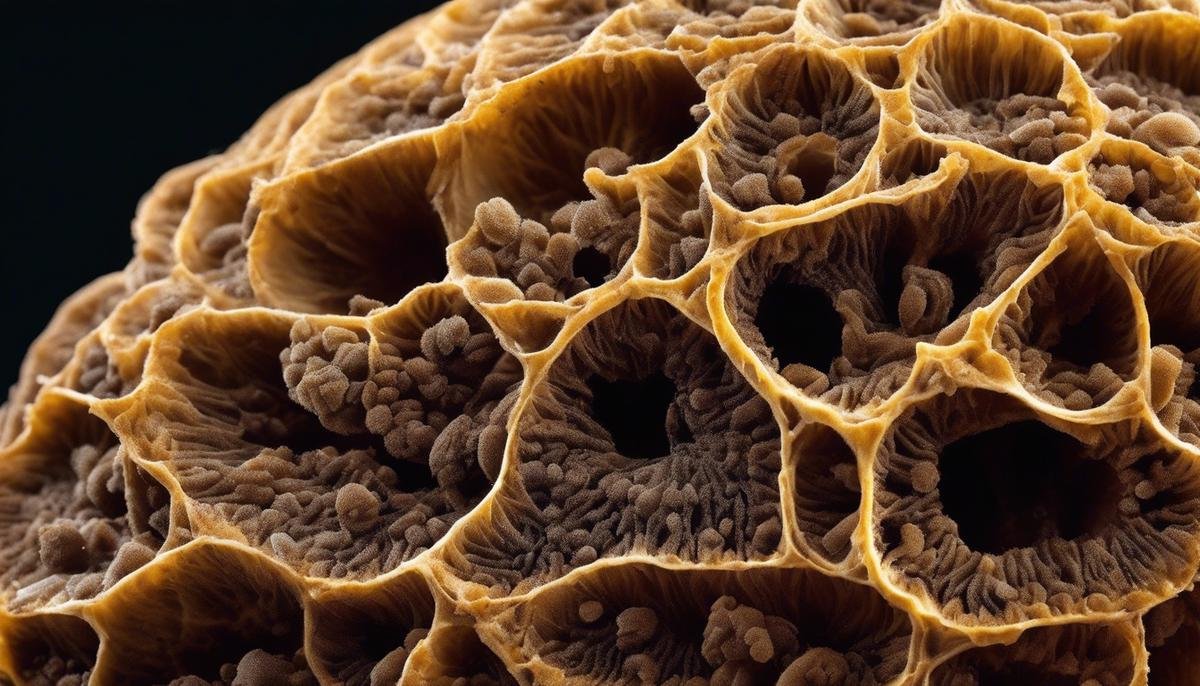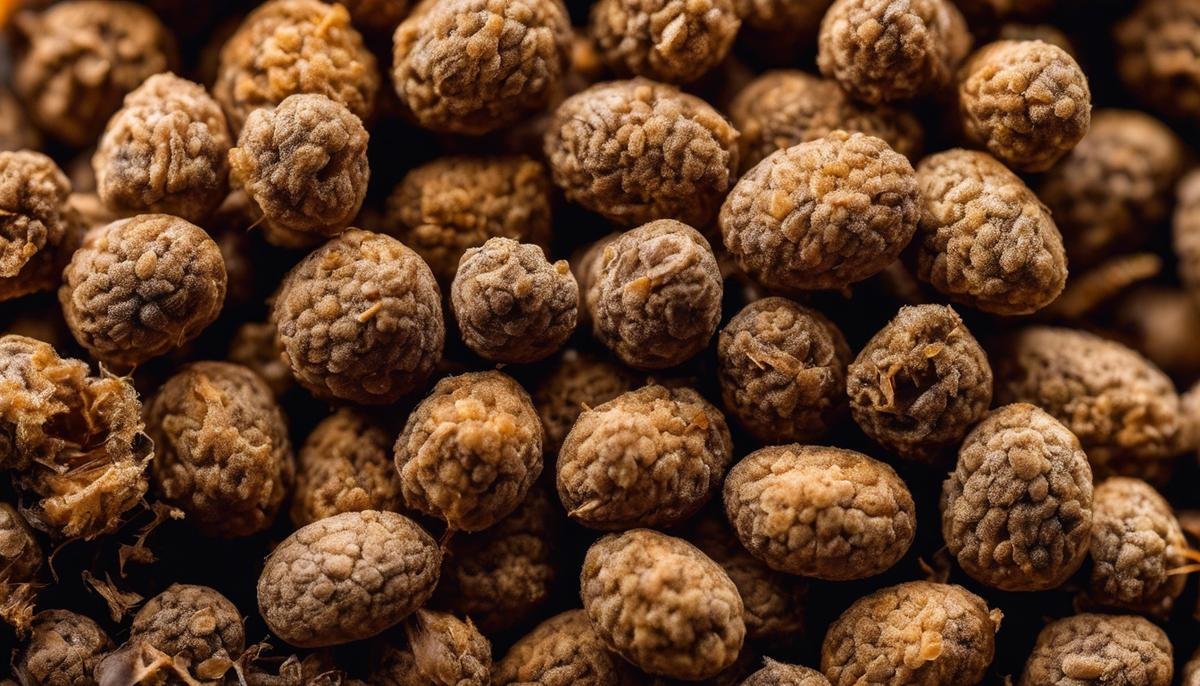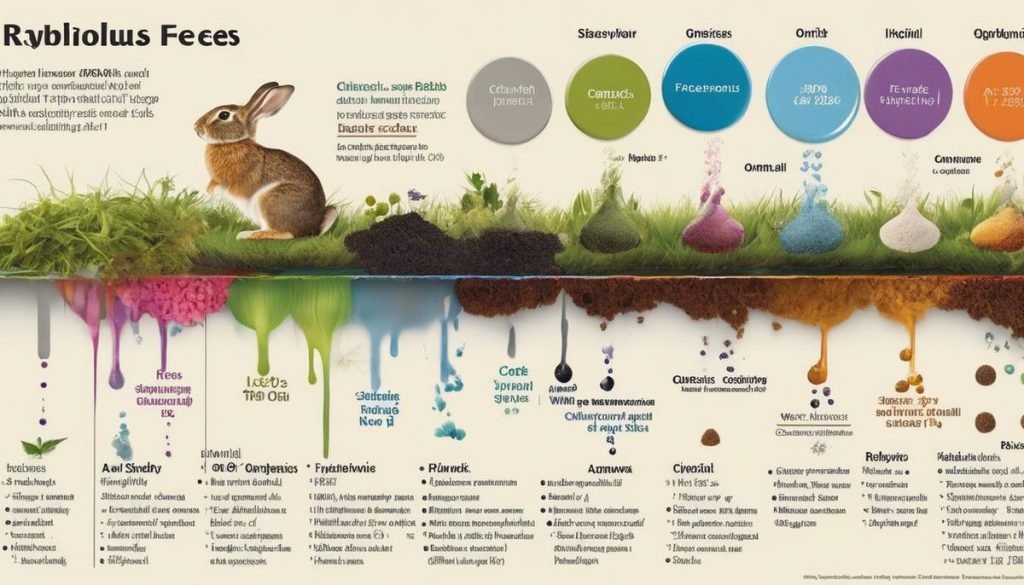When considering household pets and their upkeep, one factor often given particular attention is the byproduct of their existence—specifically, the waste they produce. Among these domesticated companions, rabbits are cherished for their gentle demeanor and relatively low-maintenance nature. However, for prospective and current rabbit owners, understanding the implications of their waste is essential. In this examination, we delve into the intricate world of rabbit feces, dissecting its chemical composition to uncover any olfactory effects it might have. By highlighting the role of volatile organic compounds and bacteria within a rabbit’s digestive process, we gain insight into what influences the scent of their waste and how it stands up to our senses.
Chemical Composition of Rabbit Feces
The study of volatile compounds present in rabbit feces offers a glimpse into the intricate mechanisms of olfactory perception, shedding light on the interaction between rabbits and their environment. The complexities of these compounds are pivotal to understanding the role scent plays in the lives of rabbits, influencing behaviors such as territory marking, social communication, and predator avoidance. As within the scope of chemical ecology, fecal volatiles serve as messages, encoding critical information pertinent to survival and species continuity.
Volatile organic compounds (VOCs) in rabbit feces include a broad range of chemical families, with esters, sulfides, and phenols frequently at the forefront of the olfactory signature. These substances are byproducts of the digestive and metabolic processes unique to rabbits, particularly their specialized hindgut fermentation. The scent profile is further nuanced by the diet of the rabbit, with different food sources introducing varying compounds into the fecal matter. For example, the consumption of fibrous plants can lead to an increased production of sulfur-containing compounds, which may contribute to the distinctiveness of the odor and serve as deterrents for particular predators or signals to other rabbits.
Studies utilizing gas chromatography-mass spectrometry (GC-MS) have been vital in cataloging the distinctive VOCs in lagomorph leavings. By analyzing fecal samples in a controlled setting, researchers can identify which specific volatiles are harnessed by rabbits to interact with their ecosystem. These studies afford insights into the ecological strategies rabbits employ, informing our broader understanding of mammalian communication via olfactory cues, and furthering our grasp of the adaptive evolutionary paths animals follow in response to environmental challenges. Such knowledge underscores the importance of scent in the animal kingdom and illuminates the potential for these findings to contribute to fields ranging from wildlife management to pest control strategies.

Comparative Olfactory Impact Between Different Animal Feces
On the topic of olfactory impact, rabbit feces present a unique and comparatively mild scent profile when juxtaposed against the excretions of other domestic and wild animals. Rabbits, as hindgut fermenters, produce two types of feces: hard pellets and softer cecotropes.
The former, being drier, contribute less to odor because they contain fewer volatile organic compounds capable of transmitting scent. This characteristic of rabbit waste makes it less offensive and easier to manage within both domestic and agricultural settings.
In contrast to the robust and pungent odor associated with the waste of carnivorous pets or certain farm animals, rabbit pellets typically exude a less intrusive smell. The inherent nature of these droppings means they can be more readily incorporated into composting systems without significantly altering the olfactory environment.
This factor is crucial in urban or small-scale farming practices, where the management of animal waste odors is of paramount importance to maintain a harmonious relationship with surrounding residents and ecosystems.
From an ecological standpoint, the tendency of rabbit feces to be less odiferous has wider management implications. In the context of wildlife habitats close to human settlements, the relatively low scent profile of lagomorph leavings is advantageous. It reduces the risk of drawing in predators or scavengers, which in turn can disrupt local fauna dynamics and human-animal conflict interactions.
Furthermore, in horticultural applications, rabbit manure is prized for its nutrient-rich composition, offering dual benefits of fertilization without the burden of heavy, objectionable odors typically associated with organic fertilizers. This aspect highlights the viability of rabbit waste as a sustainable resource, both from an agricultural and ecological waste management perspective.

Through this meticulous exploration of rabbit feces, we have navigated the complexities of chemical reactions that occur within a rabbit’s digestive system and their consequences on the potential odors emitted. By understanding the intricate dance between diet, metabolism, and bacterial activity, one can appreciate the relatively mild nature of rabbit waste odors, especially when juxtaposed with other domesticated animals. As we consider the broader implications of keeping rabbits as pets, this knowledge empowers owners to implement more effective waste management strategies, fostering a harmonious coexistence between humans and their long-eared companions in diverse domestic settings.



